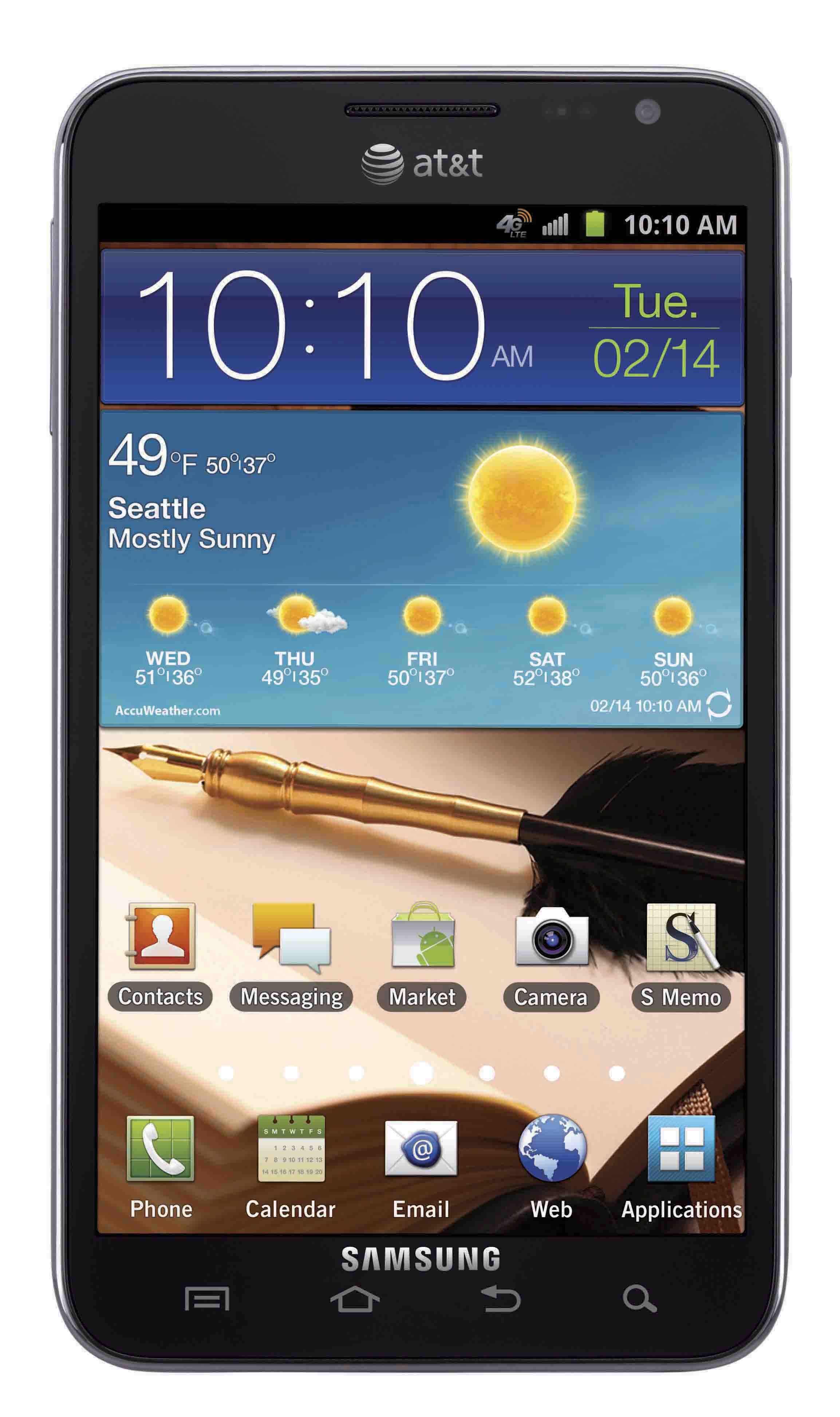Before the product's March 2010 launch, critics of Apple's iPad suggested it was a device without a market -- too big to follow smartphones into pants pockets but without the functionality of full-fledged laptops.
Instead of flopping, iPads surpassed 14 million in sales by the end of 2010, according to Apple. This success established a highly competitive tablet market that so far has yielded a wide range of devices, from the Asus Transformer and Sony Tablet S to Motorola XOOM and HP TouchPad.
With the battle for tablet supremacy at fever pitch, the first shots now are being fired to establish dominance of an emerging class of hybrid device that blends smartphones and tablets. These so-called "phablets" (or tabletphones or phonelets) combine the mobility and always-on connectivity of a handset with screens approaching the size of those in tablets.
Dell first sought to establish this market in 2010 with the Streak 5, which was carried by AT&T and T-Mobile and featured a 5-inch touchscreen that was about twice the size of an iPhone. A little more than a year later, however, Dell discontinued the Streak, which some reviewers said made too many compromises to completely satisfy either smartphone or tablet users.
In early 2011, Japan-based Kyocera Communication released the Echo, a smartphone carried by Sprint. The device featured an unusual design of two 3.5-inch screens that paired in "tablet mode" to create a single 4.7-inch equivalent display.
However, the quirkiness of the Echo -- the screens were divided by a plastic bezel instead of flush -- worked against it. Following its spring announcement, the Echo followed the Streak into the discontinued bin in less than a year.
Despite these initial stumbles, phone/tablet hybrids are set to experience a comeback in 2012, industry experts predict.
The Feb. 19 U.S. release of Samsung's 5.3-inch Galaxy Note -- so-named because of the included stylus that can simulate handwriting -- marks the first of many 5-inch devices slated for release in the coming months.
Unlike the Streak, which was received unenthusiastically, Samsung announced on March 28 that it had sold 5 million Notes in the five months following its debut in South Korea. The company said it hopes to double that number by year's end. By comparison, Apple news releases report the original iPad sold 3 million units 80 days after launch.
While the Note is the most notable re-entry into this market, other companies are following suit. Firms ranging from Toshiba to LG have announced development of similarly sized devices.
SAMSUNG GALAXY NOTE
• Release date: Feb. 19.
• Price: $300 with 2-year plan, $650-$750 without plan.
• Screen: 5.3 inches (diagonal) HD Super AMOLED, 1280x800 (285 pixels per inch).
• Processor: 1.5 GHz dual-core Qualcomm Snapdragon S3.
• Operating system: Android 2.3 (Gingerbread).
• Cameras: Rear-facing 8 megapixel, front-facing 2 megapixel.
• Battery: Lithium-ion 2,500 milliampere-hour.
• Weight: 6.3 ounces.
• Network: HSPA+, 4G LTE and EDGE/GPRS.
• Carrier: AT&T.
• Storage capacity: 16 GB (expandable via microSD card).
• Website: www.samsung.com.
HTC TITAN 2
• Release date: April 8.
• Price: $200 with 2-year plan, $550 without plan.
• Screen: 4.7 inches (diagonal) WVGA Super LCD, 480x800 (198 pixels per inch).
• Processor: 1.5 GHz dual-core Qualcomm Snapdragon.
• Operating system: Windows Phone 7.5 (Mango).
• Cameras: Rear-facing 16 megapixel, front-facing 1.3 megapixel.
• Battery: Lithium-ion 1,730 milliampere-hour.
• Weight: 5.2 ounces.
• Network: HSPA+ and 4G LTE.
• Carrier: AT&T.
• Storage capacity: 16 GB (nonexpandable).
• Website: www.htc.com/us.
LG OPTIMUS VU
• Release date: March 6 (South Korea), unannounced for U.S.
• Price: Unknown ($890 without plan in South Korea).
• Screen: 5 inches (diagonal) HD IPS, 768x1024 (256 pixels per inch).
• Processor: 1.5 GHz dual-core Qualcomm Snapdragon.
• Operating system: Android 2.3 (Gingerbread).
• Cameras: Rear-facing 8 megapixel, front-facing 1.3 megapixel.
• Battery: Lithium-ion 2,080 millampere-hour.
• Weight: 6 ounces.
• Network: HSPA+, 4G LTE and GSM.
• Carrier: None in U.S.
• Storage capacity: 32 GB (expandable via microSD card).
• Website: www.lg.com/us.
LENOVO LEPAD S2005
• Release date: Dec. 12 (China), unannounced for U.S.
• Price: Unknown with plan ($480 without plan in China).
• Screen: 5 inches (diagonal) LTPS, 800x480 (186 pixels per inch).
• Processor: 1.2 GHz dual-core Qualcomm.
• Operating system: Android 2.3 (Gingerbread).
• Cameras: Rear-facing 5 megapixel, front-facing 1.3 megapixel.
• Battery: Lithium-ion 1,690 milliampere-hour.
• Weight: 7 ounces.
• Network: HSPA+ and GSM/EDGE/GPRS.
• Carrier: China Unicom (Chinese network), no U.S. carriers announced.
• Storage capacity: 8 GB (expandable via microSD card).
• Website: www.lenovo.com/us/en.
